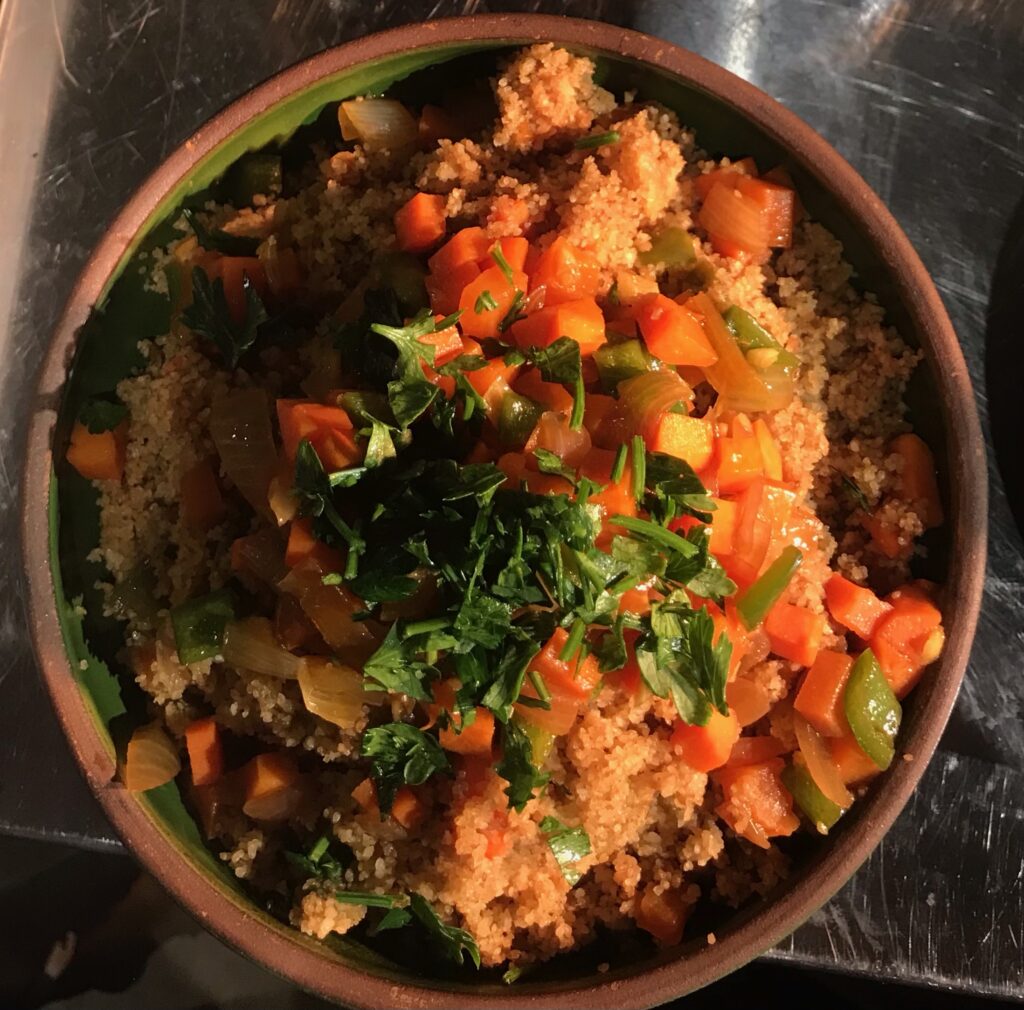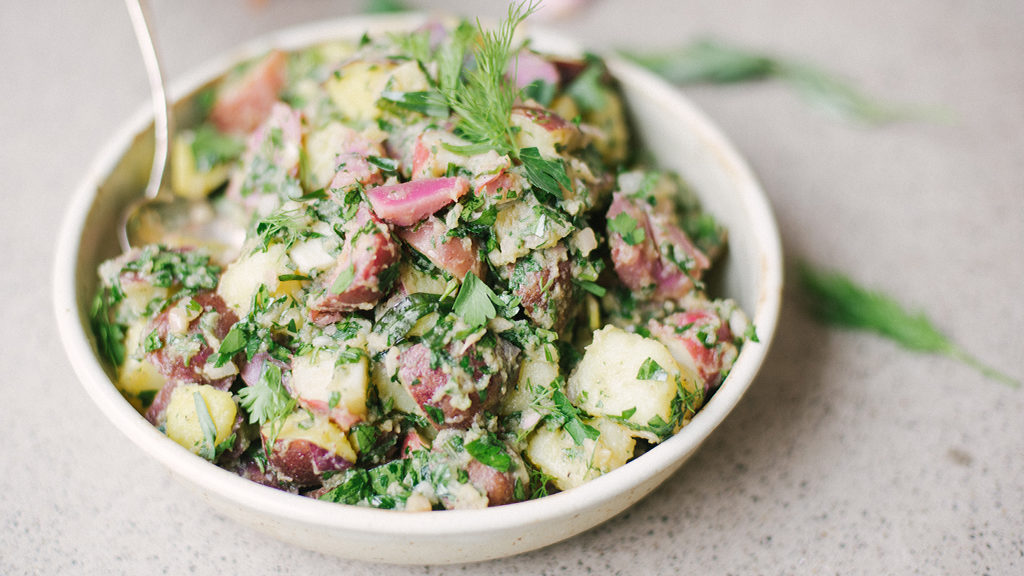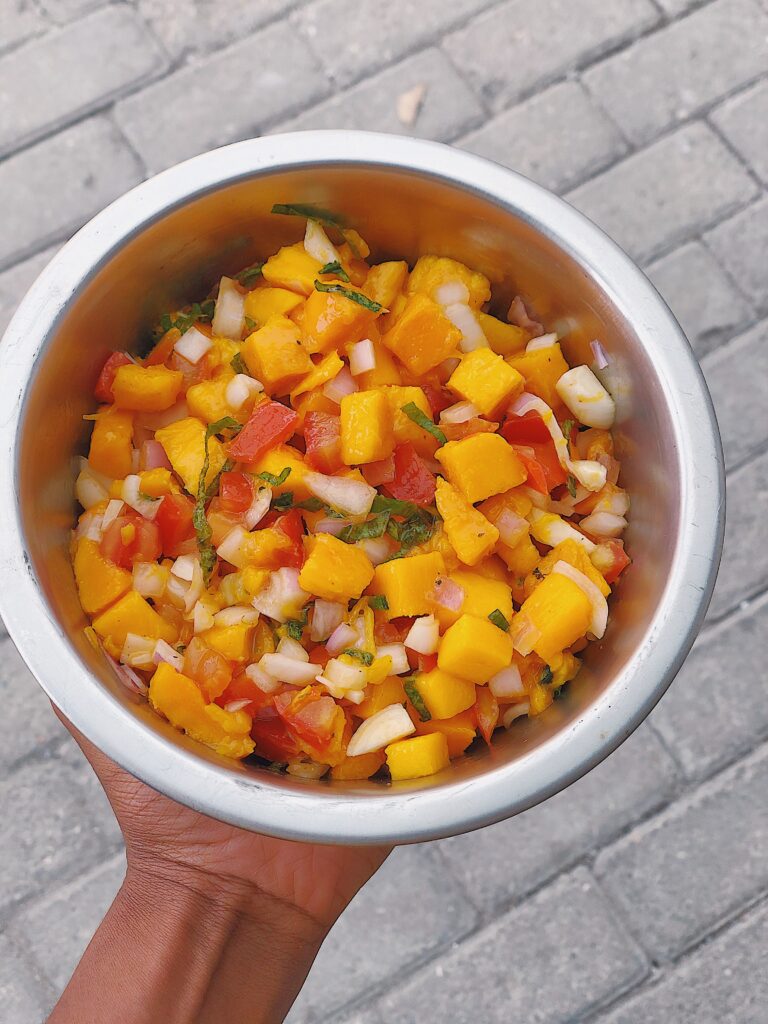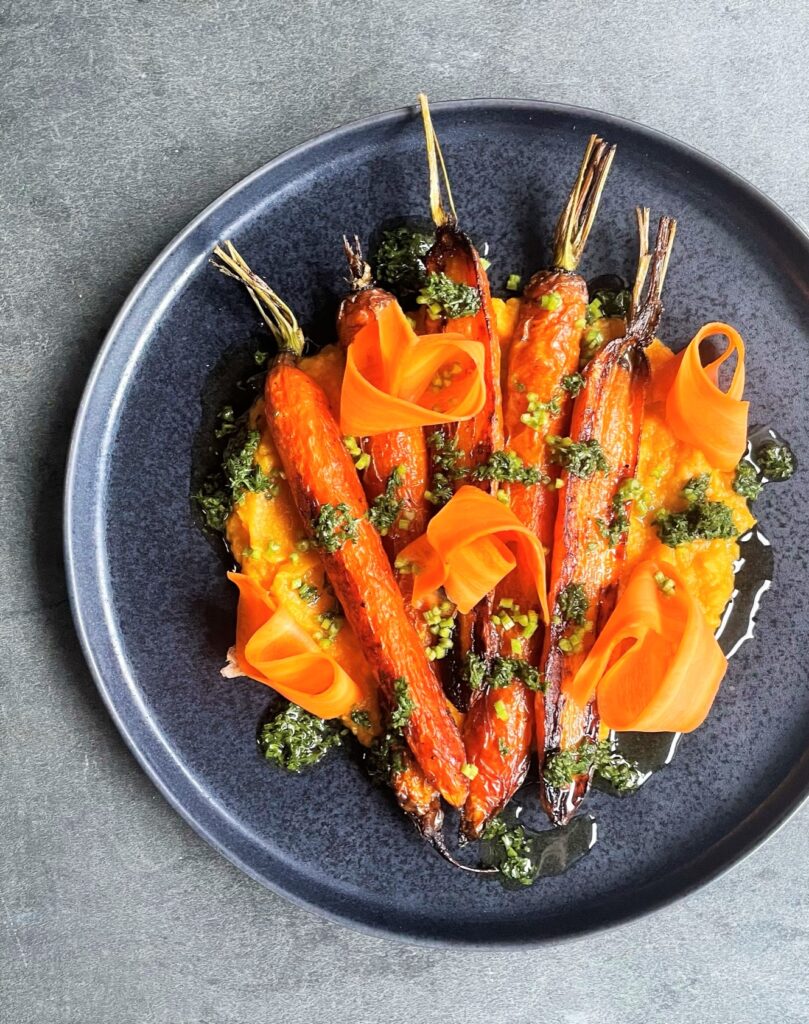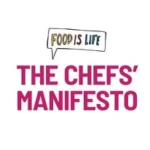Did watching Anthony Bourdain wander through food markets inspire your interest in cooking? Or maybe it was early childhood memories of trailing behind your grandmother as she shopped for staples from her favourite vendors, knowing you were in for a delicious meal.
At home or abroad, there is something magic about a bustling market, with stalls selling a rainbow of produce—bright spices, deep green leafy vegetables, and indigo-coloured beans. Each ingredient tells a story of the region’s culture, climate, and the farmers who’ve cultivated these crops for generations. It’s a feast for the eyes, a celebration of biodiversity, and the heartbeat of local livelihoods.
As chefs, we’re inspired to seek out new flavours and experiences. We have the privilege of translating this magic onto our plates, using colour, flavour, and texture to introduce diners to new foods and to explore cultures. Every time we plate a dish that draws on this kaleidoscope of ingredients, we’re serving more than a meal—we’re sharing a story of biodiversity, nutrition, and community.
You have the power to make information about better nutrition more approachable, achievable, delicious, and fun. So how can chefs bring the importance of dietary diversity to life, one plate at a time?
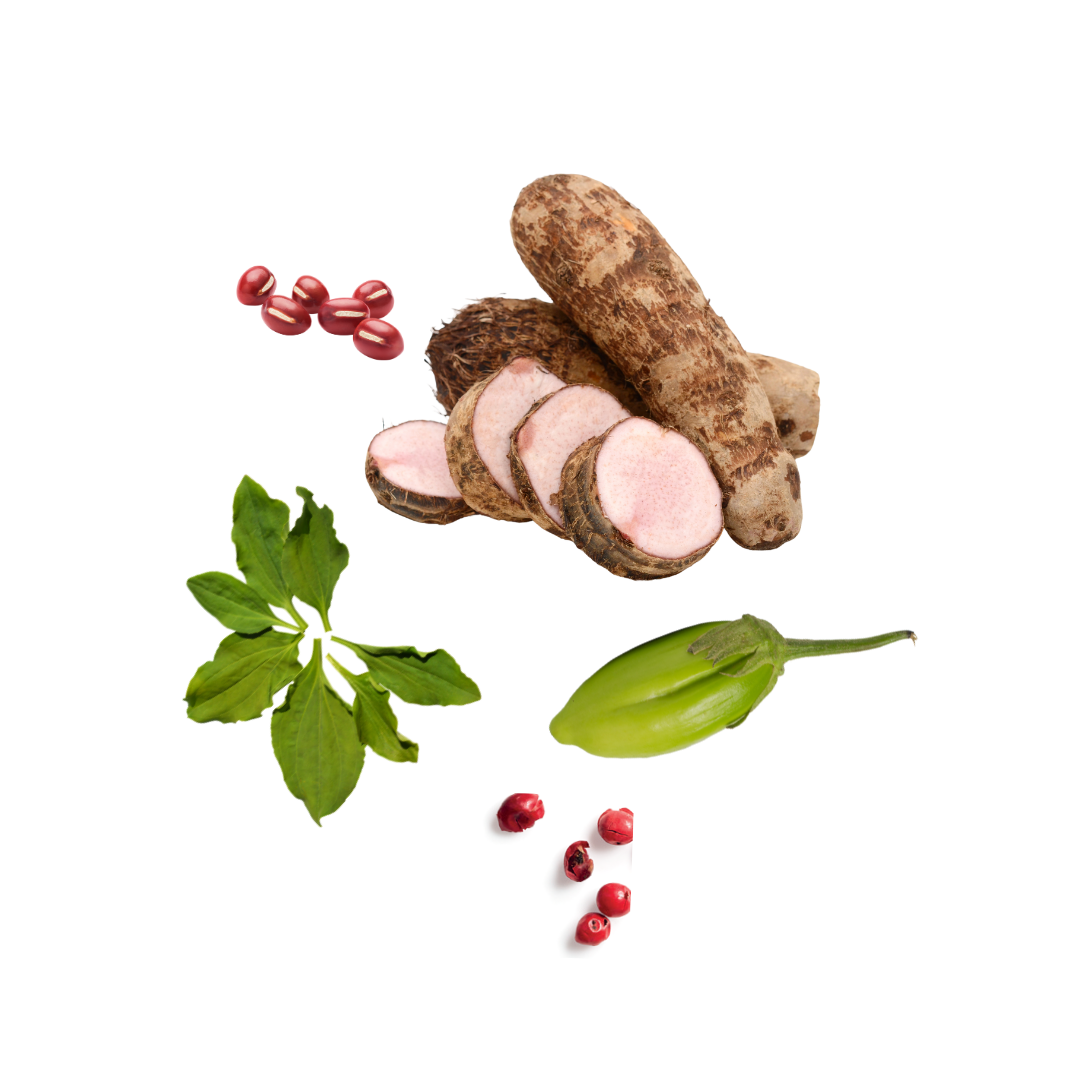
Why Dietary Diversity?
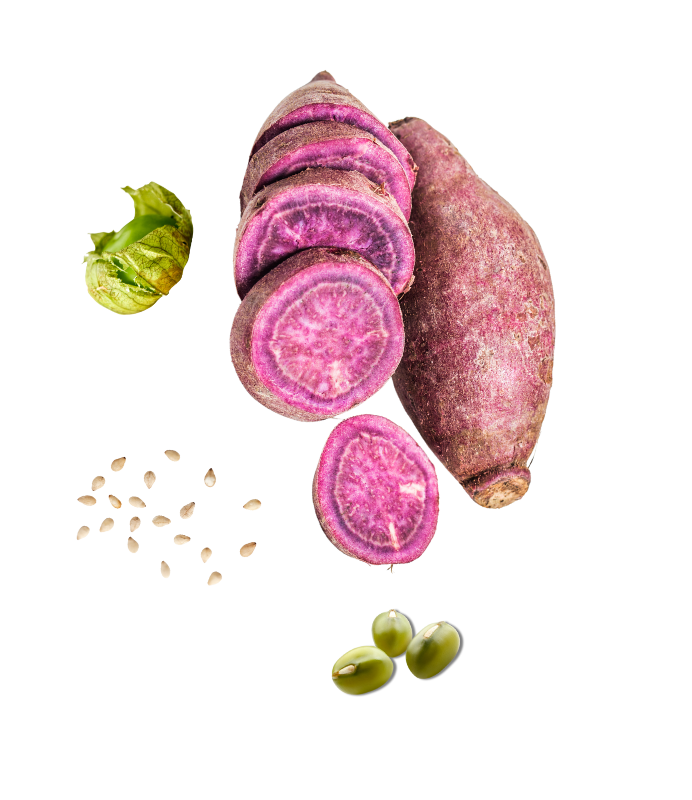
Dietary diversity means incorporating a variety of foods, tapping into seasonal and local ingredients that are often overlooked. A diverse diet does way more than just enhance flavour; it adds story to your menu, boosts nutrition by providing a full spectrum of essential nutrients, supports local food systems, champions biodiversity and climate-resilient crops, and helps preserve cultural traditions.
By expanding the ingredients we use, chefs can create dishes that are as nourishing as they are delicious, adding impact to every recipe. From making colour your guide, featuring one new ingredient weekly, and blending technique and tradition, making dietary diversity delicious is simpler than you think.
This year, World Food Day focused on the right to foods for a better life and a better future, which delves into why diversity and sustainable healthy diets are critical for both people and the planet.
We asked chefs from around the globe to share how they bring dietary diversity to the table. From celebrating cultural traditions to rediscovering underutilised ingredients, the power of a diverse plate goes beyond taste—it’s key to good food for all.
Chef-Approved Tips to Expand Your Plate’s Palette
From Chefs’ Manifesto culinary artists around the world, here are simple tips for diversifying your menu and encouraging diners to embrace new flavours for a better diet:
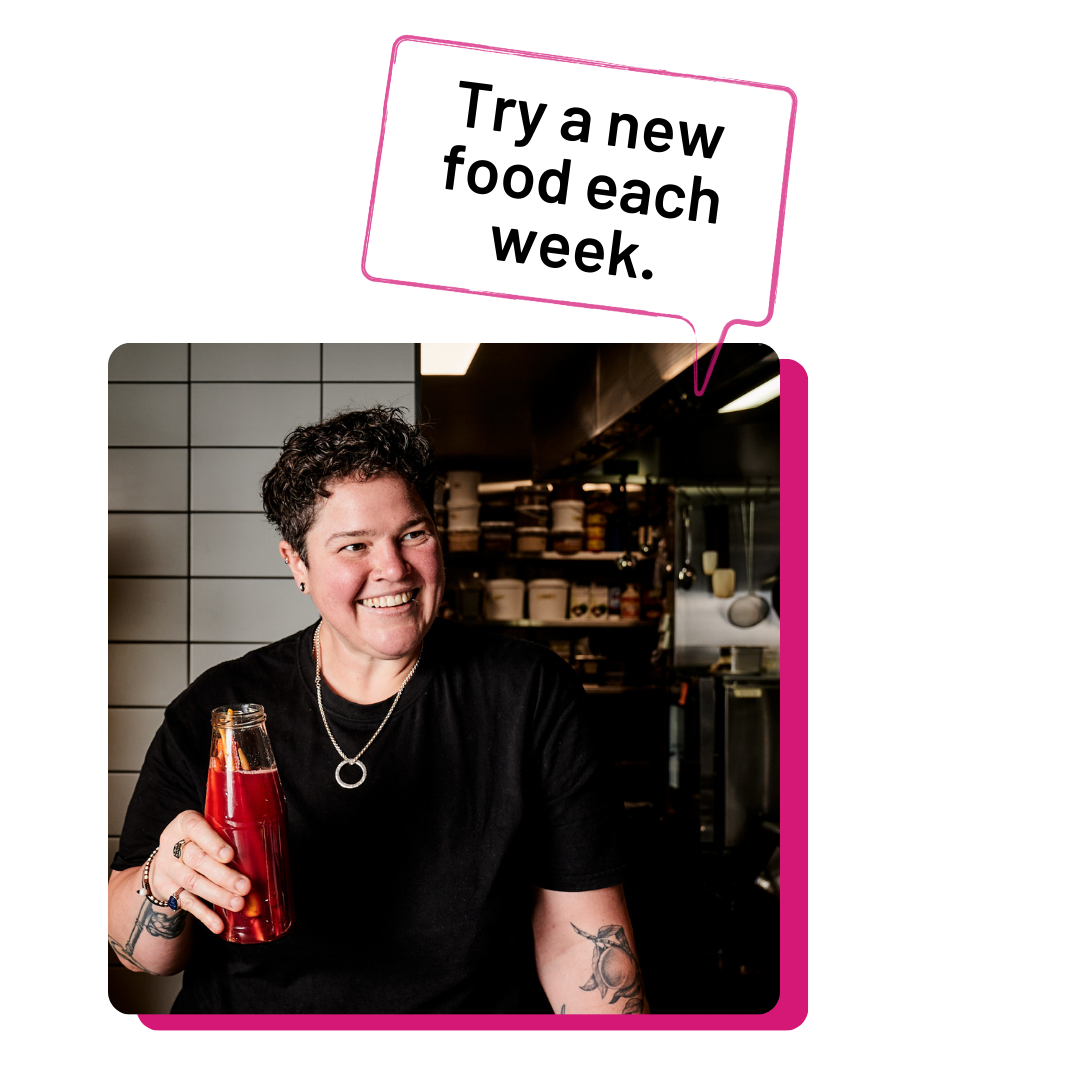
Laura Bolton @the.wandering.chef
Head chef at @themulberrygroup @squareonecoffeeroasters @heidekitchen, Melbourne, Australia
My answer would be to simply eat a new food each week. Try to keep the new food involved each week as you progress through the weeks of the year.
Food diversity to me isn’t about everything being equal, it’s about trying new things, learning as you go and engaging in new cultures.
We will never run out of new foods to try! So get amongst it! The world is open to you.
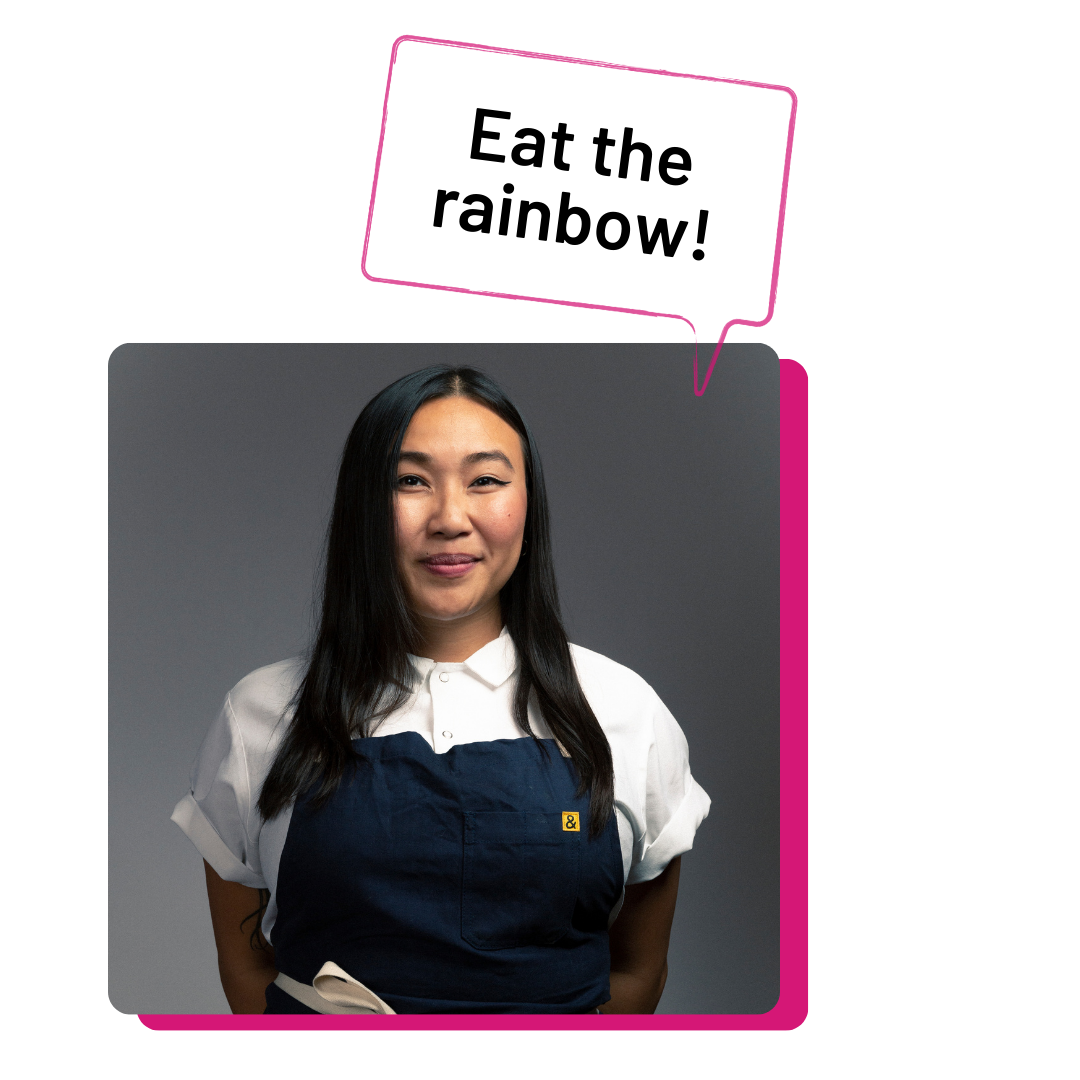
Nini Nyugen @chefnininguyen
Author of Đặc Biệt: An Extra Special Vietnamese Cookbook & Two-Time Top Chef Frontrunner, New Orleans, USA
Variety is the spice of life! Having a variety of foods not only helps us make sure we’re getting all the nutrition, but that we’re also feeding our curiosity.
From making different types of food and exploring different ingredients and cuisines, I get to travel in that regard, using recipes and cookbooks to guide me to a culture, a country or place, or even a time.
A good rule of thumb is to always eat the rainbow–all the colours. If your plate is colourful, it’s going to be good for you.
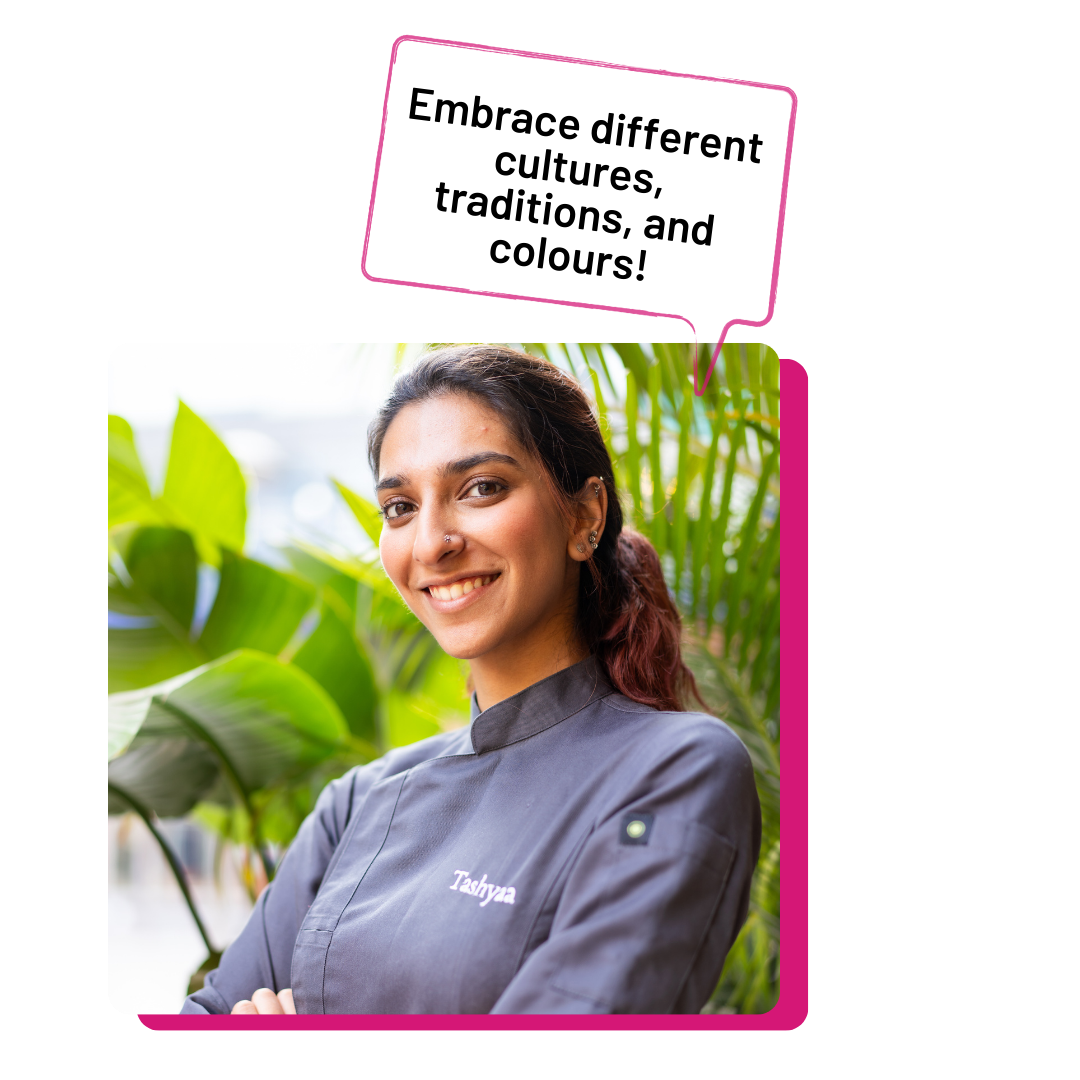
Tashyaa Mehrotra @tashyaa09
Head Chef at People of Tomorrow, New Delhi, India
Diversity means variety-it embraces different cultures, traditions and colours and that must translate onto our plates as well. If we approach our diets to highlight a technique from somewhere with an ingredient from somewhere else – I believe we are doing a great job working towards our environment and our bodies.
A plate of food should be just like an artist’s palette with different colours to showcase all the diversity!
What Does a Diverse Plate Look Like?
Yi- Wen @plant_citizen
Social entrepreneur and chef educator committed to plant-forward whole foods education
My ideal diverse plate would include a category of beans, wholegrains, seasonal brassica veg, plus some sprouts – garnished with edible flowers or fresh herbs finished off with nut or seed sprinkles such as hemp or sunflower seeds considering on mix & match of biodiverse rainbow colours with just a little sprinkle of salt & pepper with some naturally fermented soy sauce and brown rice vinegar to taste.
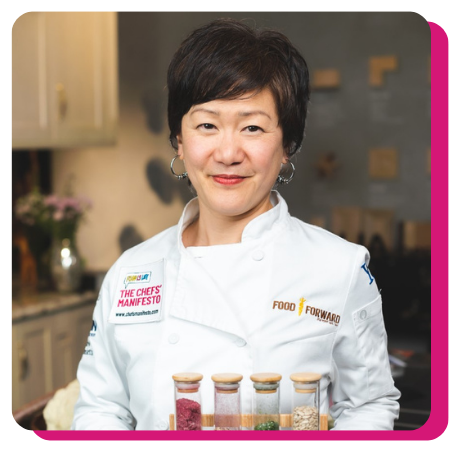
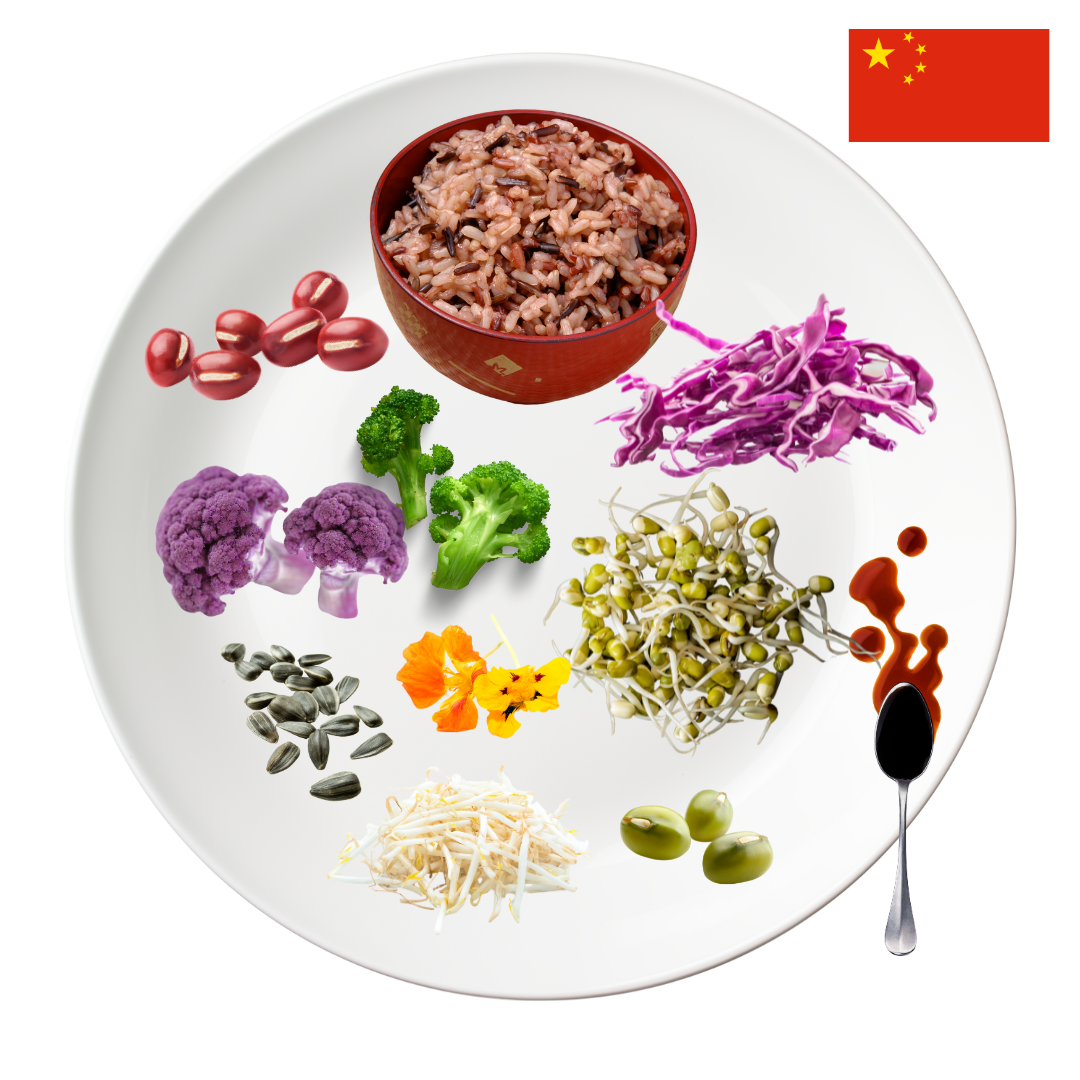
Abang Brian @abangbrian
Award-winning celeb chef & cookbook author, Masterchef Malaysia, Host of @hungryimmigrant
A harmonious blend of global culinary traditions, sustainably sourced and creatively presented, reflecting a commitment to cultural heritage, environmental responsibility, and a meaningful, sensory dining experience.


Manu Buffara @manubuffara
Chef-Owner of Award-Winning Manu, 50 Best’s Best Female Chef Latin America & Founder of Instituto Manu Buffara
My ideal diverse food is sophisticated and rooted in fresh, local ingredients like mandioca and Brazilian bottarga. It balances respect for origins with innovation, offering subtle flavours and depth, highlighting the essence of each ingredient.
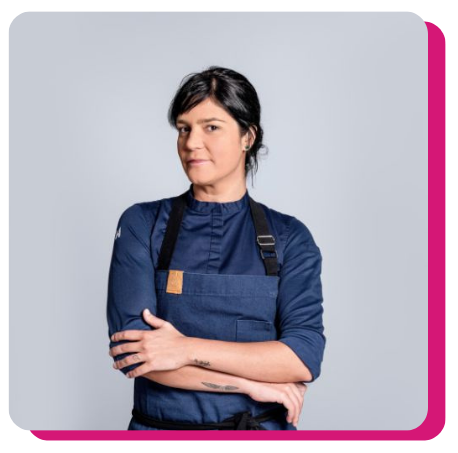
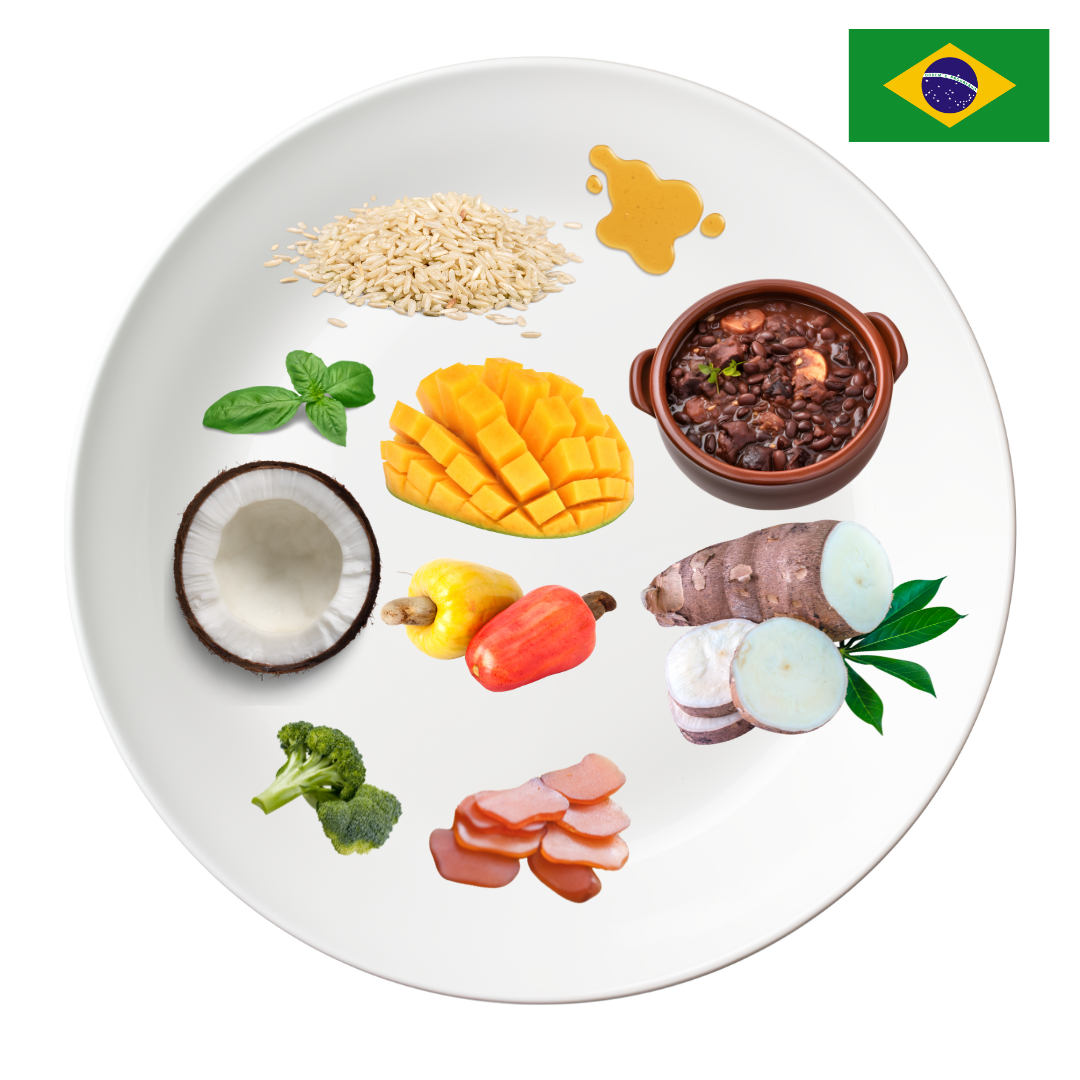
Surabhi Sehgal @supaintsponplates
Plant Forward Chef
For me, an ideal diverse plate combines fresh vegetables, whole grains, plant-based proteins, good fats and an array of flavours and textures, blending global influences into a balanced, vibrant, and wholesome meal.

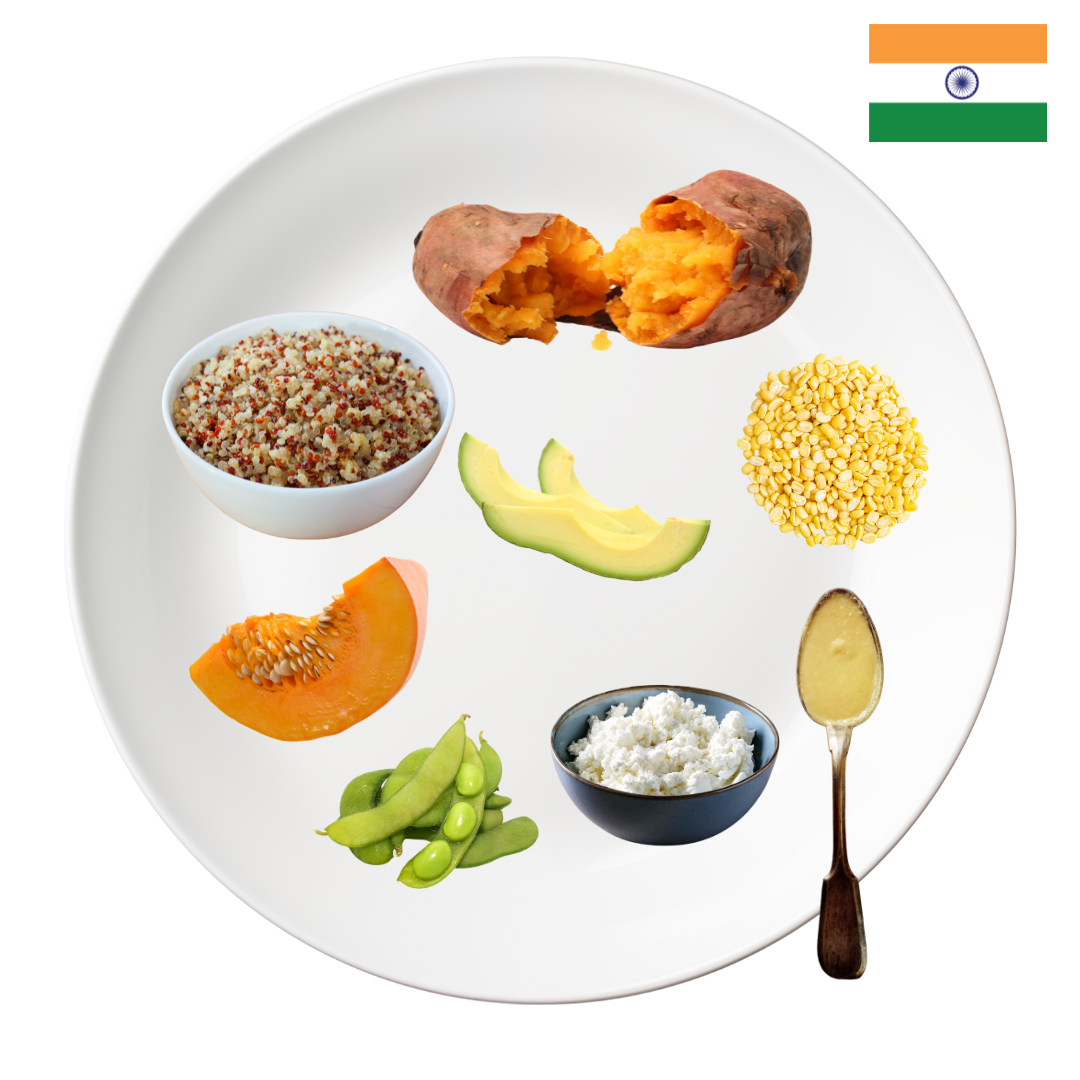
The wonderful Chef Juliana Romero @chef.july shared what a diverse diet means to her.
Bringing Dietary Diversity to Life
Your creativity can turn dietary diversity into a memorable experience for diners, helping to make an impact on the way they think about food.
The #ChefsManifesto Thematic Areas are a great guide to creating impact and change in your communities, by promoting diverse diets.
We can all work together to ensure access to delicious and diverse food for all.

